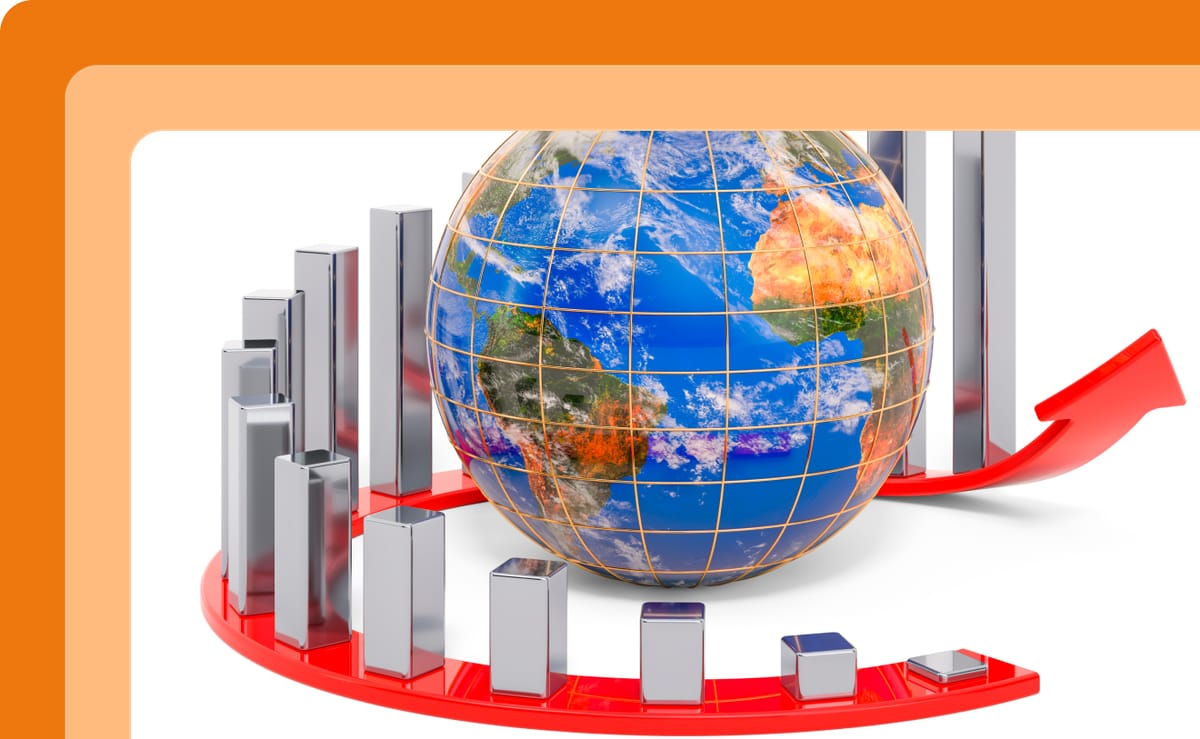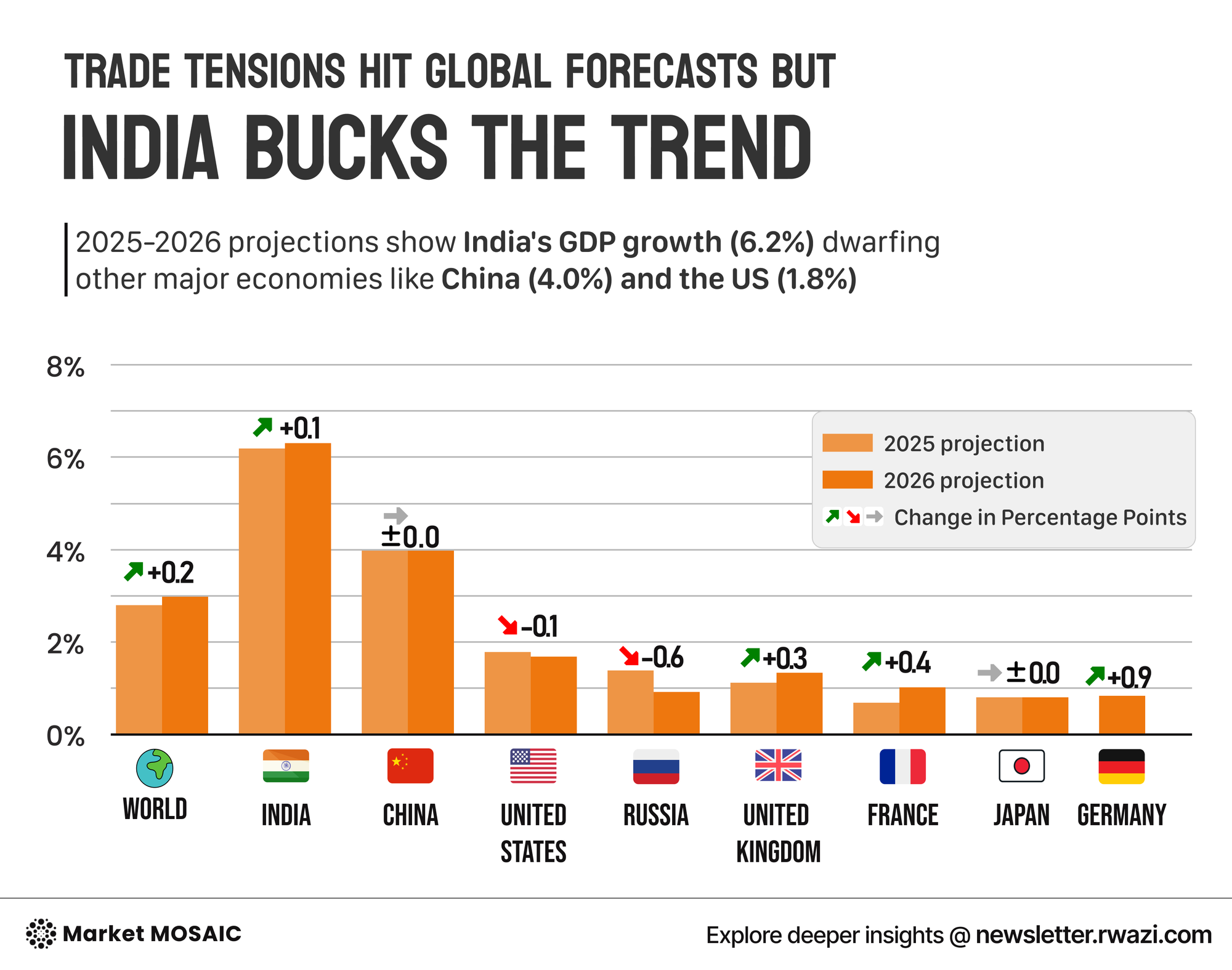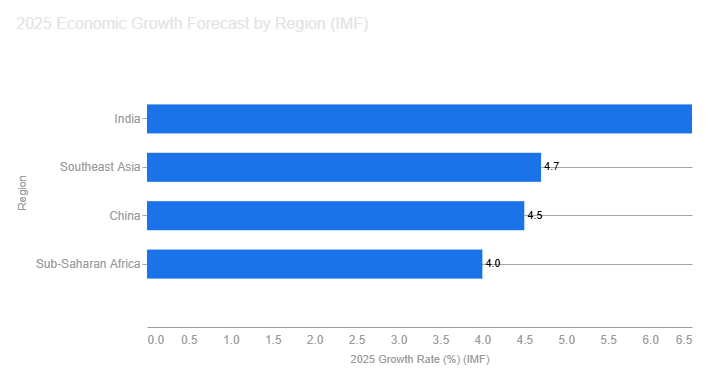Why global growth is stalling and where businesses can still win

The International Monetary Fund (IMF) now expects global growth to hit 3.2% in 2025, down from pre-pandemic norms. On the surface this seems manageable. Beneath, the terrain is uneven and fraught with risk.
The stakes for business leaders
Trade disruptions are eating into growth. The IMF warns that weaker global trade, elevated tariffs and mounting policy uncertainty could shave tens of basis-points from growth.
Advanced economies are losing momentum; emerging markets’ buffers are thinner. For businesses, this means slower demand, fragile supply chains and tighter capital frames.Ignoring these trends exposes firms to delayed investments, higher borrowing costs and reduced market agility.

Asia keeps the engine running
In Asia, resilience shows up: India is forecast to grow by 6.6% in 2025, the fastest among major economies. China’s growth is projected to moderate to roughly 4.2%, and ASEAN economies to hover near 4.3%.
In contrast, many African and Latin American markets face high borrowing costs, consumer pressure and limited export buffers. The world economy isn’t collapsing, it’s entering a phase of cautious recalibration.

Resilience over expansion
In this tighter-growth world, the smartest companies aren’t chasing aggressive expansion. They are building resilience. They spread supply chains across regions, invest in local demand rather than just exports, and keep debt and cash-flow metrics strong.
Growth may be slower but that doesn’t mean it’s gone, it means the rules of the game have changed. The companies that can read the signals early, adjust their models and protect their balance sheets will gain an advantage.
What comes next
By 2026, the leaders won’t be those with the flashiest growth numbers. They’ll be those who craft strategy around agility, data insight and execution reach.
For founders, CEOs and tech-savvy business leaders in global markets, the actionable insight is clear: use hyper-local data, track real-time shifts in demand and supply, and build adaptable frameworks.





